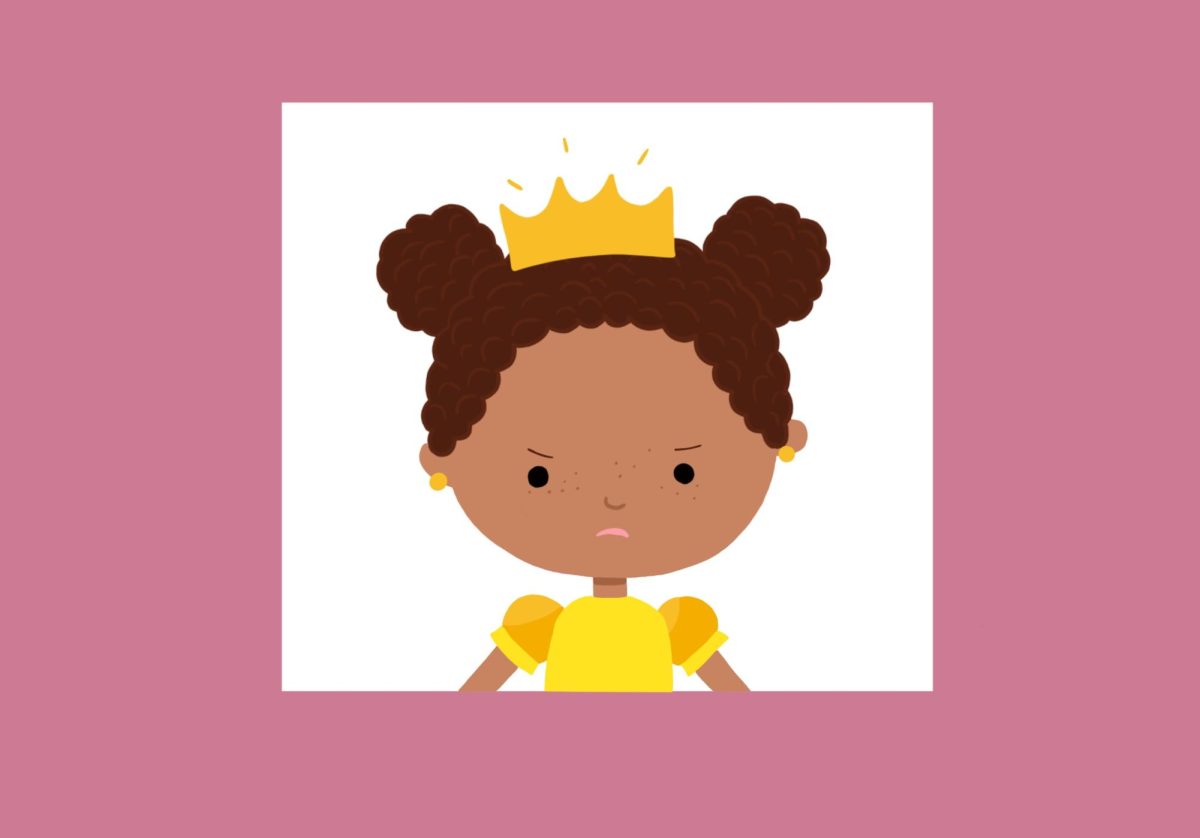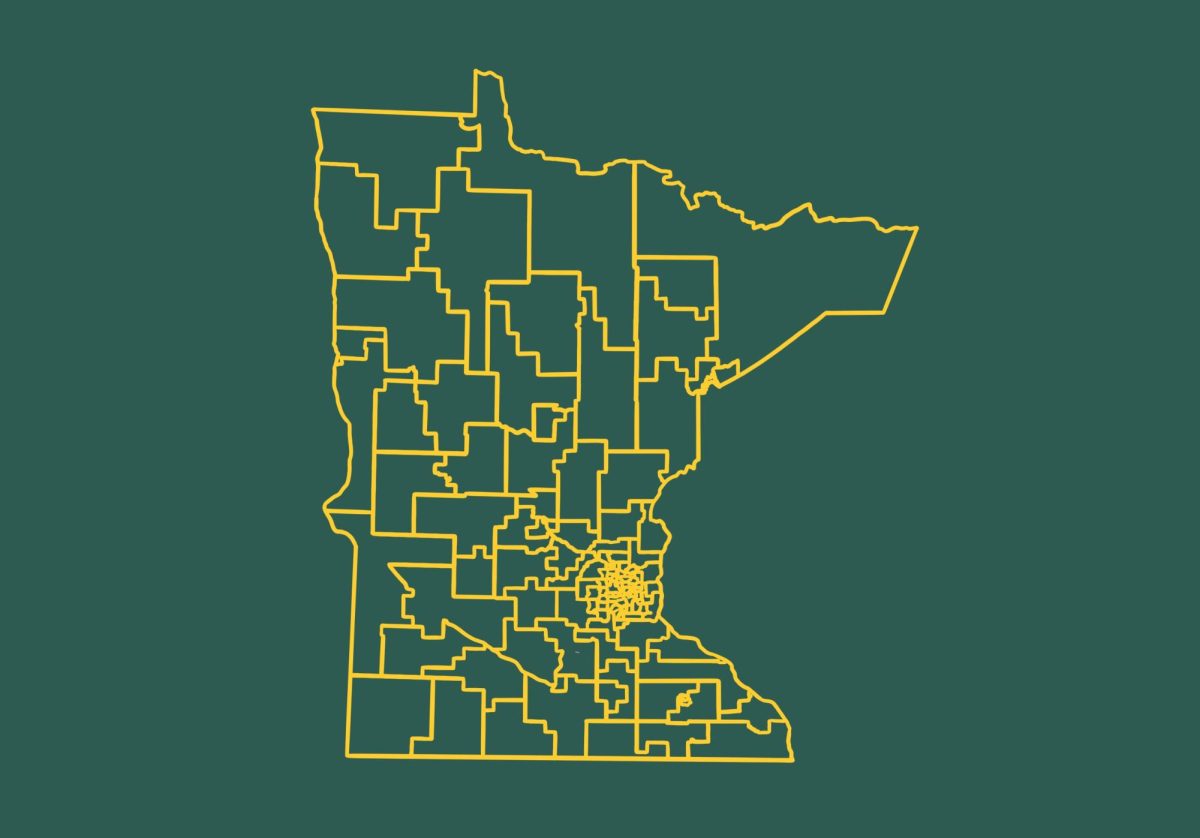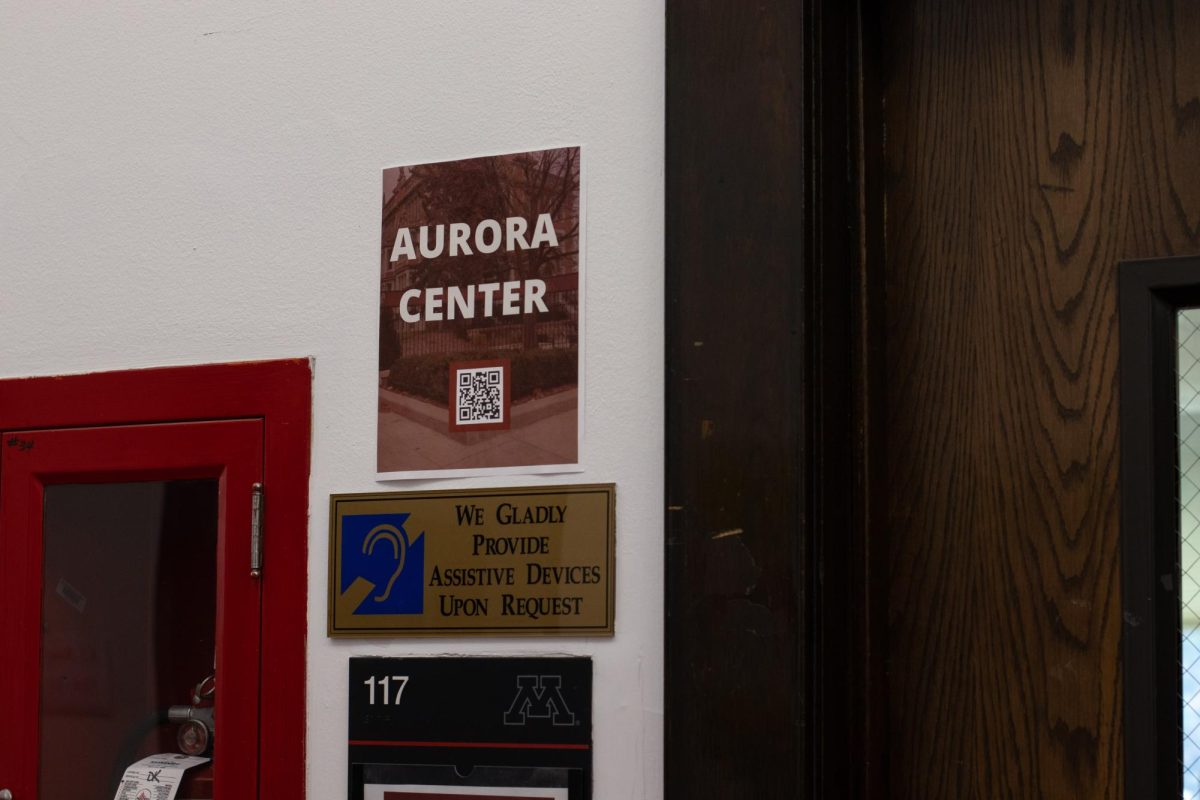In middle school, I had a slight addiction to TLC. No, not tender love and care, and no, not the girl group who sang arguably one of the most catchy songs of all time (“No Scrubs”). I’m talking about the TV network that is infamous for its production of reality TV.
I would come home after class and watch “My Big Fat American Gypsy Wedding,” then an episode of “Say Yes to the Dress” followed by “Jon & Kate Plus 8.” None of these shows ever required me to think about anything.
However, when I stumbled upon a certain show called “Toddlers & Tiaras,” my passive watching became a bit more active.
TLC describes “Toddlers & Tiaras” as a show where, “On any given weekend, on stages across the country, little girls and boys parade around wearing makeup, false eyelashes, spray tans and fake hair to be judged on their beauty, personality and costumes.”
Before watching this show, I never knew beauty pageants existed for children. None of my friends had ever participated in one, and no classmate of mine had ever brought a five-inch tiara for show and tell.
Watching these little girls perform complex choreographed routines, inhale tons of hairspray and then start crying when their mom didn’t allow them to eat a snack felt gross. I was torn between laughing at the absurdity of it all and debating whether I should be calling CPS.
TLC was aware of this dichotomy and made sure to capitalize on it. The show accumulated about 1.6 million viewers a week. This popularity spurned a spin-off about one contestant in particular, Honey Boo Boo, garnering an average viewership of 2.4 million viewers per episode in its first season.
For me, it was hard to wrap my head around the reality part of the show. I couldn’t believe parents would spend so much money to have their child participate in these degrading and time-consuming competitions. I must be one of the few to feel this way, since the industry is anything but unsuccessful.
This $5 billion industry attracts around 250,000 children in the U.S. each year with many competing in more than 5,000 pageants annually. The glitz competitions can cost anywhere from $500 to $3,500 for the parents of these child performers.
In Minnesota, there is the Little Miss MN pageant for ages zero months to 13 years old. The page presents the pageant as “non-glitz” and personality-focused, but the images of little girls dressed in sparkly dresses, tiaras and a pound of makeup create a contradictory image.
These beauty pageants are not for the faint of heart. Children are dressed in outrageous dresses, given spray tans and wear flippers (false teeth) to hide the gaps in their teeth to ensure they don’t lose pageant points.
“I think that pageants can be a fun experience for some young girls, but it could also lead to unrealistic beauty standards or the sexualization of young girls,” said Grace Hyjek, a third-year student at the University of Minnesota.
Not all that glitters is gold, and these pageants are ripe with controversy.
One parent had her child get botox injections as well as a leg wax when the child was at the ripe age of eight to ensure success in the beauty pageant sphere. TLC released footage of a three-year-old contestant dressing up as a prostitute from the movie “Pretty Woman.”
Before “Toddlers & Tiaras,” there were “Better Baby Contests.” These contests spread throughout the country at the beginning of the 20th century with more than 200,000 competitors aged six months to five years participating. While these contests were initially meant to bring attention to improvements in the health and hygiene sphere, the discussion soon became intertwined with the tenets of the eugenics movement.
Anything that has ties to the eugenics movement is automatically destined to be bad.
A study that evaluated the association between childhood beauty pageants and depression, self-esteem, body dissatisfaction and adult disordered eating, found that participants who were in beauty pageants as children scored higher on body dissatisfaction, interpersonal distrust and impulse dysregulation compared to those who didn’t compete in these pageants.
People need to push past their desperation for entertainment at every opportunity and realize that children shouldn’t be able to be put into these situations. Creating a television show centered around the exploitation of children was not a great way to drive down participation in these outdated events.
In 2013, the French Senate approved a bill to ban child beauty pageants. Legislators in France pushed for this ban arguing that these pageants promote the hyper-sexualization of minors. Violators would be subject to jail time and a fine if they were found guilty of sponsoring or encouraging access to these competitions for those under the age of 16.
Cancel culture is a double-edged sword, but it has the power to get rid of some sketchy stuff. If there is an agenda out there on what needs to be canceled at what time, adding child beauty pageants to that list would be beneficial for everyone.













